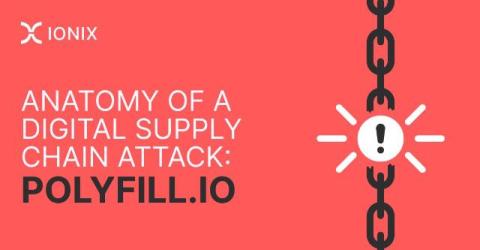Security Alert Overload: Causes, Costs, & Solutions
In 2023, the Los Angeles Police Department responded to a series of triggered alarms at a GardaWorld cash storage warehouse in a suburban neighborhood in the San Fernando Valley. All thirteen were deemed to be false positives. In this article A year later, four more alarms rang at the same facility: one just before midnight on March 30th and the other three on Easter Day.











